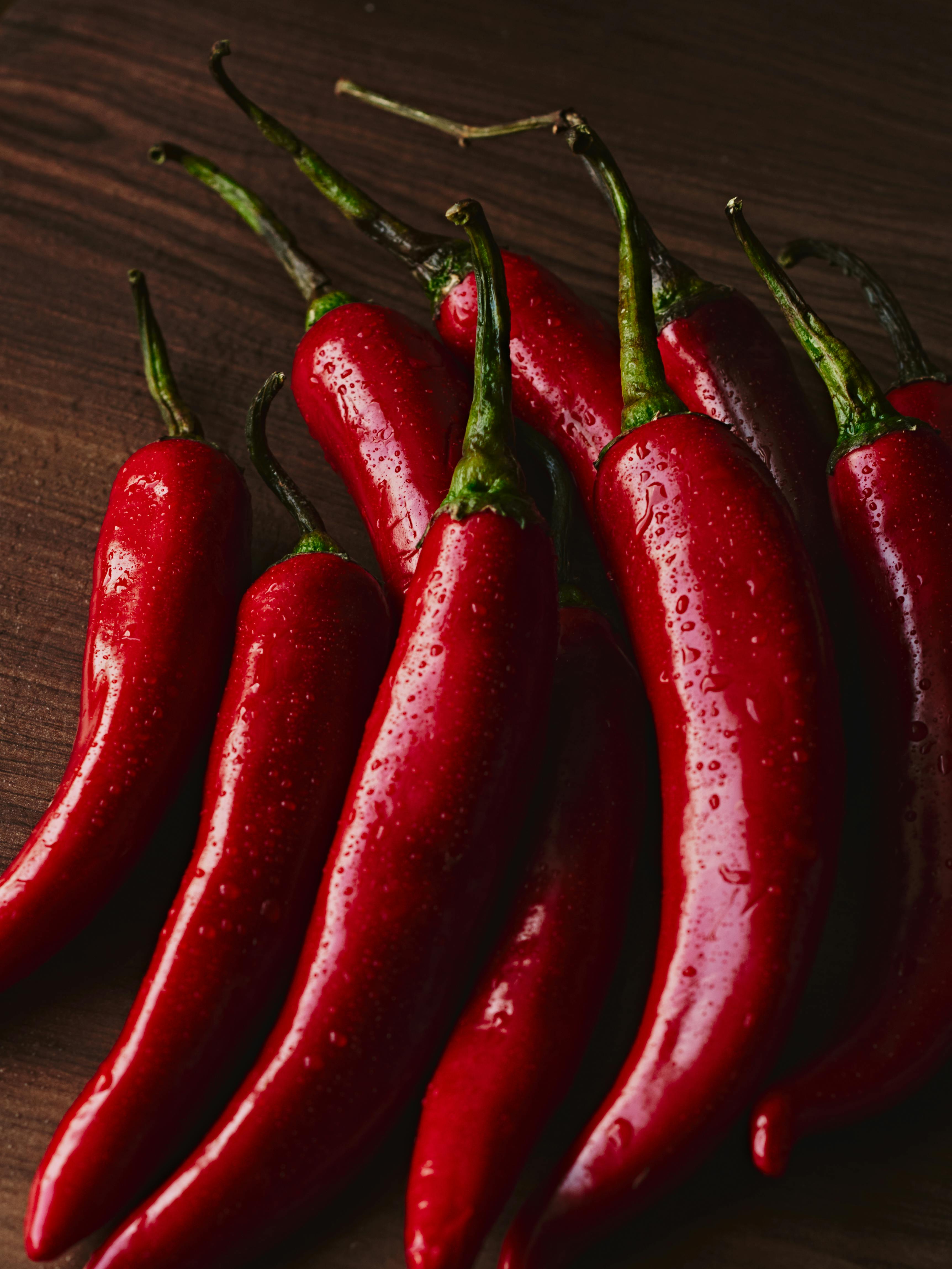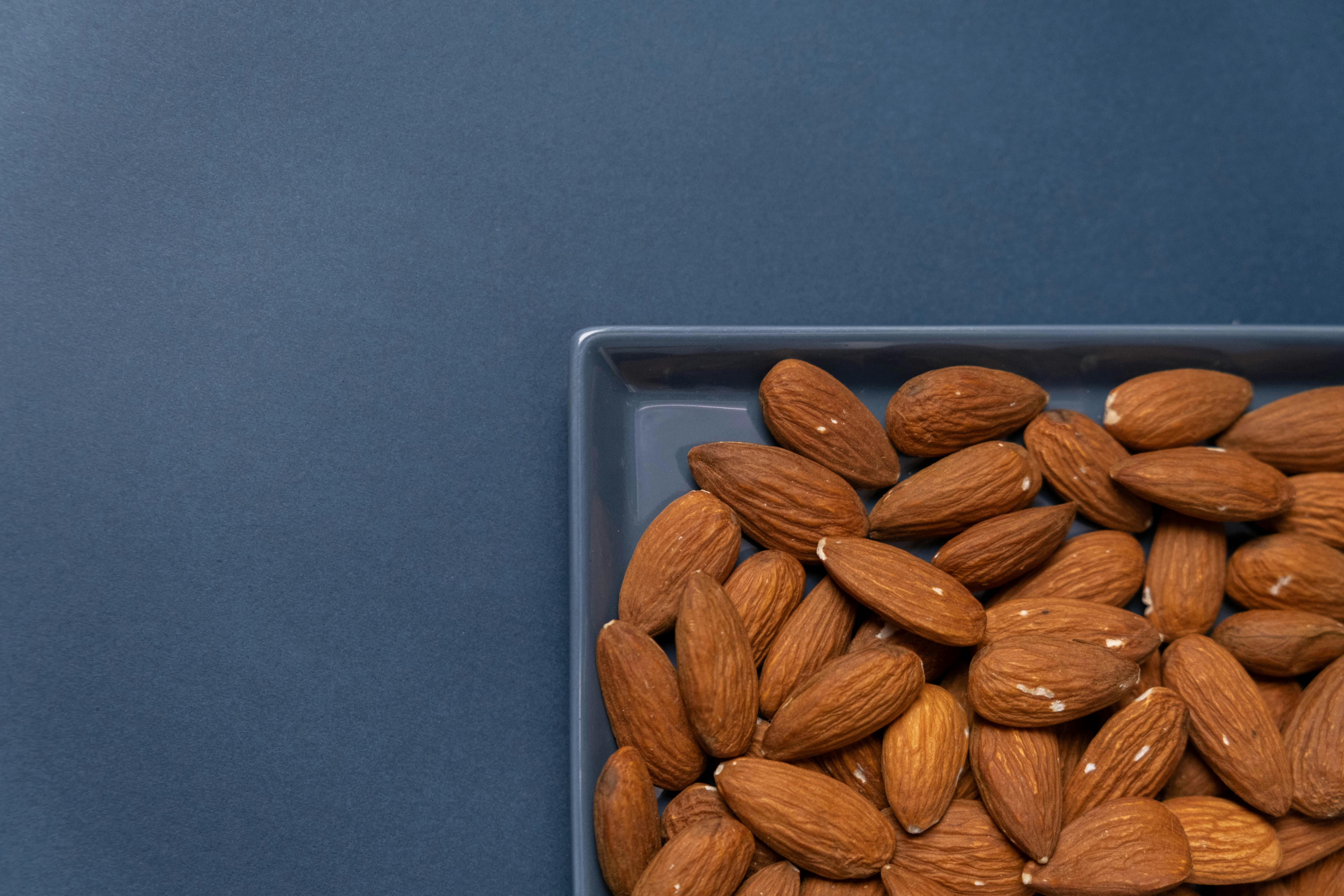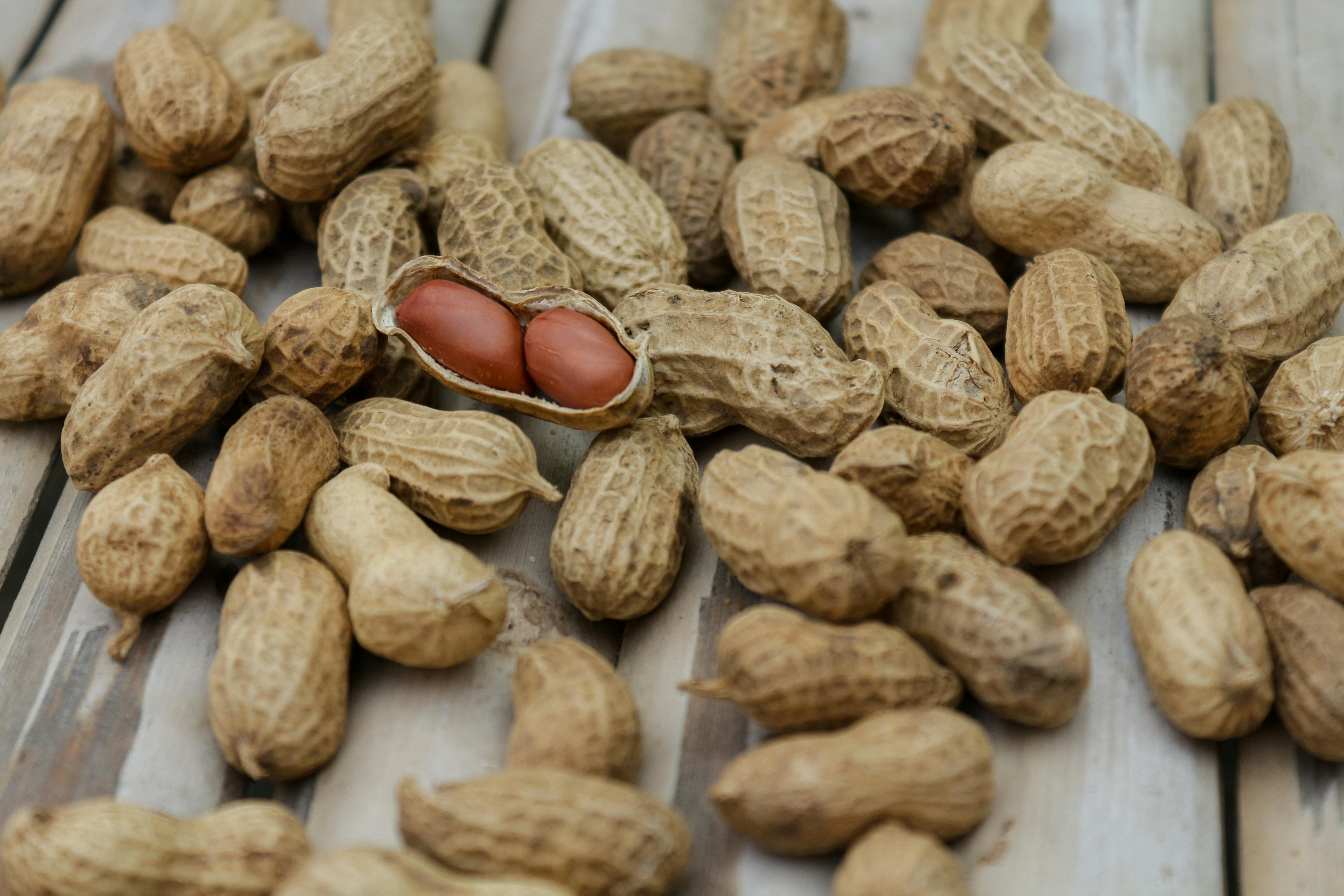
Top 5 Effective Diet Choices for Your Savannah Monitor in 2025
Understanding the dietary needs of your savannah monitor is crucial for its health and longevity. As these reptiles are unique in their nutritional requirements, making informed choices about their diet can lead to a happier, healthier pet. In 2025, it’s essential to acknowledge the evolving understanding of their nutritional needs, including a balanced mix of proteins, calcium, and essential vitamins.
This article will explore the top five food choices for your savannah monitor, considering their dietary and health requirements. By focusing on their natural feeding habits and providing a variety of food sources, you can enhance their quality of life and ensure robust development. This guide will also highlight key practices for feeding, hydration, and general care to support the overall well-being of your savannah monitor.
Understanding Savannah Monitor Dietary Needs
The savannah monitor, a fascinating reptile known for its adaptability, thrives on a diet rich in high-quality proteins and essential nutrients. In their natural habitat, these lizards consume various insects, small mammals, and even fruits. In captivity, replicating this diverse diet is critical for maintaining optimal health. Factors like age, size, and activity level play roles in determining each animal's nutritional requirements.
One of the best strategies for ensuring proper nutrition is through a diet plan that includes a mix of live prey, commercial diets, and dietary supplements when needed. Understanding these dietary components is essential for crafting a balanced savannah monitor feeding plan.
1. High-Quality Insects
One of the best diet choices for your savannah monitor in 2025 is a variety of high-quality insects. These reptiles thrive on insects like crickets, roaches, mealworms, and dubia roaches. Insect protein is vital to their growth and energy levels. They can also provide essential fats and vitamins.
When feeding insects, consider the size and type that match your monitor's age and size. For younger monitors, smaller insects are more appropriate, while adults can handle larger prey. Ensure you offer insects that are gut-loaded, meaning they have been fed a nutritious diet prior to feeding them to your monitor. This practice improves the nutritional value of the insects and contributes to the overall health of your pet.
2. Rodents and Small Mammals
As savannah monitors grow, their dietary needs evolve to include meat from small mammals. Mice and rats are excellent protein sources and can be offered frozen or live as appropriate, depending on your comfort level and the animal's preferences. These rodents provide essential amino acids necessary for muscle growth and overall health.
Before introducing rodents into your monitor's diet, it's important to supervise feeding times, especially if your monitor is not used to larger prey. Offer these meals once or twice a week, depending on the age and activity level of your savannah monitor to ensure a balanced approach to its dietary needs.
3. Commercial Diets
Commercial diets designed specifically for savannah monitors and other reptiles can also be an excellent addition to their food choices. These diets are typically formulated to meet the nutritional requirements of your monitor, providing a balanced mix of proteins, vitamins, and minerals.
When selecting a commercial diet, look for high-quality brands that prioritize whole food ingredients. You should also ensure the diet is tailored to meet a savannah monitor's unique needs. As your pet transitions to commercial feeds, observe its health and activity levels to evaluate the suitability of these food choices.
4. Calcium and Vitamin Supplements
To maintain bone health, it's vital to ensure your savannah monitor receives adequate calcium and vitamin D3. This supplementation is necessary, especially for growing monitors, to prevent metabolic bone disease—a common issue in reptiles. Providing a calcium powder supplement during feeding is a straightforward way to boost their nutritional intake.
Additionally, UVB lighting plays a critical role in calcium metabolism. Ensure your savannah monitor has access to UVB light for about 10-12 hours daily. This exposure is crucial for the synthesis of vitamin D3, enabling your monitor to absorb calcium effectively from its food.
5. Vegetables and Fruits
Incorporating a small amount of vegetables and fruits can diversify your savannah monitor's diet. While not essential, these food items add fiber and hydration. Offer leafy greens such as collard greens, kale, or dandelion greens as a regular part of their diet along with slices of fruits like strawberries and blueberries as occasional treats.
Be cautious with the quantity, as too many fruits can lead to dietary imbalances. Aim for a variety of colors and types to ensure a range of nutrients while monitoring how your pet responds to these additions. This practice not only supplements their nutrient intake but also encourages natural foraging behavior.
Feeding Schedule and Best Practices
Establishing a consistent feeding schedule is vital for your savannah monitor's digestive health. Feeding habits can change with age and activity levels, so monitoring their behavior is key. For younger monitors, meals should be provided more frequently, typically every day or every other day, whereas adults may be fed 2-3 times per week.
In addition, keeping track of your savannah monitor's overall health, including weight and activity levels, is essential. This helps adapt their feeding schedule and diet based on individual needs. Offering a variety of food in different formats can stimulate their interest and keep them engaged during feeding time. Consider feeding larger insects or a mix of whole prey items to encourage natural hunting and feeding behaviors.
Hydration and Environmental Considerations
Adequate hydration is an often overlooked aspect of savannah monitor care. Provide fresh water daily in a shallow dish, ensuring that monitors can access it easily without risk of drowning. Additionally, misting the enclosure will help maintain proper humidity levels, contributing to your monitor's overall health.
Creating an environment that mimics their natural habitat will further support their dietary choices. Factors such as temperature, humidity, and adequate hiding spots can help reduce stress and encourage natural behaviors, including feeding.

Common Dietary Mistakes to Avoid
Many savannah monitor owners unknowingly make mistakes that could impact their health. One common error is overfeeding or providing an imbalanced diet lacking essential nutrients. It's crucial to maintain a careful balance in portion sizes and food variety, decreasing the likelihood of obesity and health issues over time.
Another mistake is neglecting the importance of dietary supplements in addition to a varied diet. Not all nutrients can be met through food alone, and it's important to recognize shortcomings specific to captive savannah monitors. Consulting a veterinarian specialized in reptiles can be invaluable in developing the best dietary plan tailored for your savannah monitor.
Conclusion
The best savannah monitor diet incorporates a blend of protein sources, commercial diets, and occasional fruits and vegetables. Understanding their nutritional needs and forming a consistent feeding schedule will enhance their wellbeing and lifespan. By avoiding common dietary mistakes, you can ensure your monitor lives a healthy and fulfilling life.
